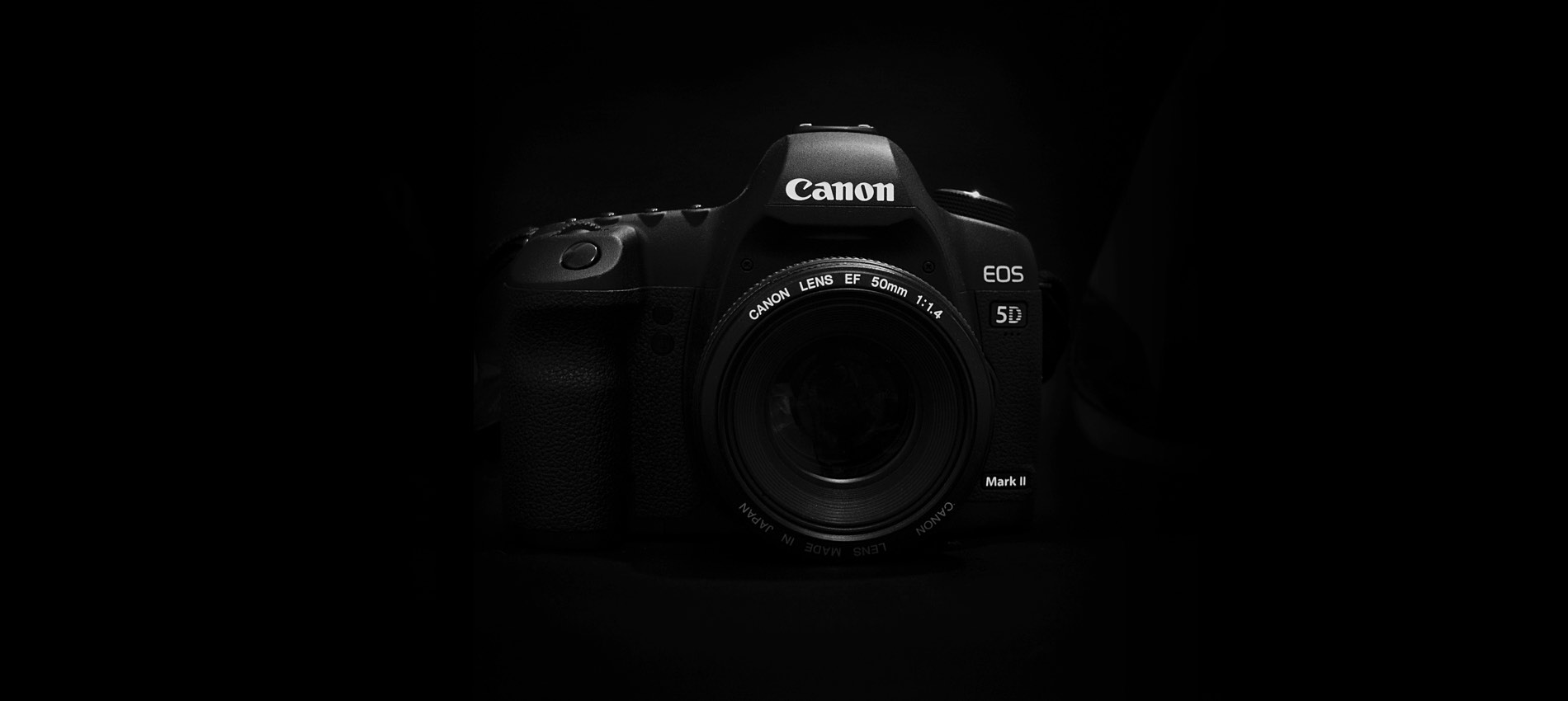
This was originally written and posted on my blog. It was reposted here for reference.
It’s been almost four months since I took the plunge. After lengthy contemplation, I went on eBay, pressed ‘Buy Now’ and then just a few long days later it was in my hands.

No larger or heavier than my previous camera, a Nikon D200, it’s appearance completely unremarkable. Modern metal alloys, plastics and PCB’s glued together into a piece of soulless precision engineering. Part of me regretting not spending all those clams on a used Leica M8 instead. Importing the first few test shots into Adobe Lightroom however, vanquishes all regret.
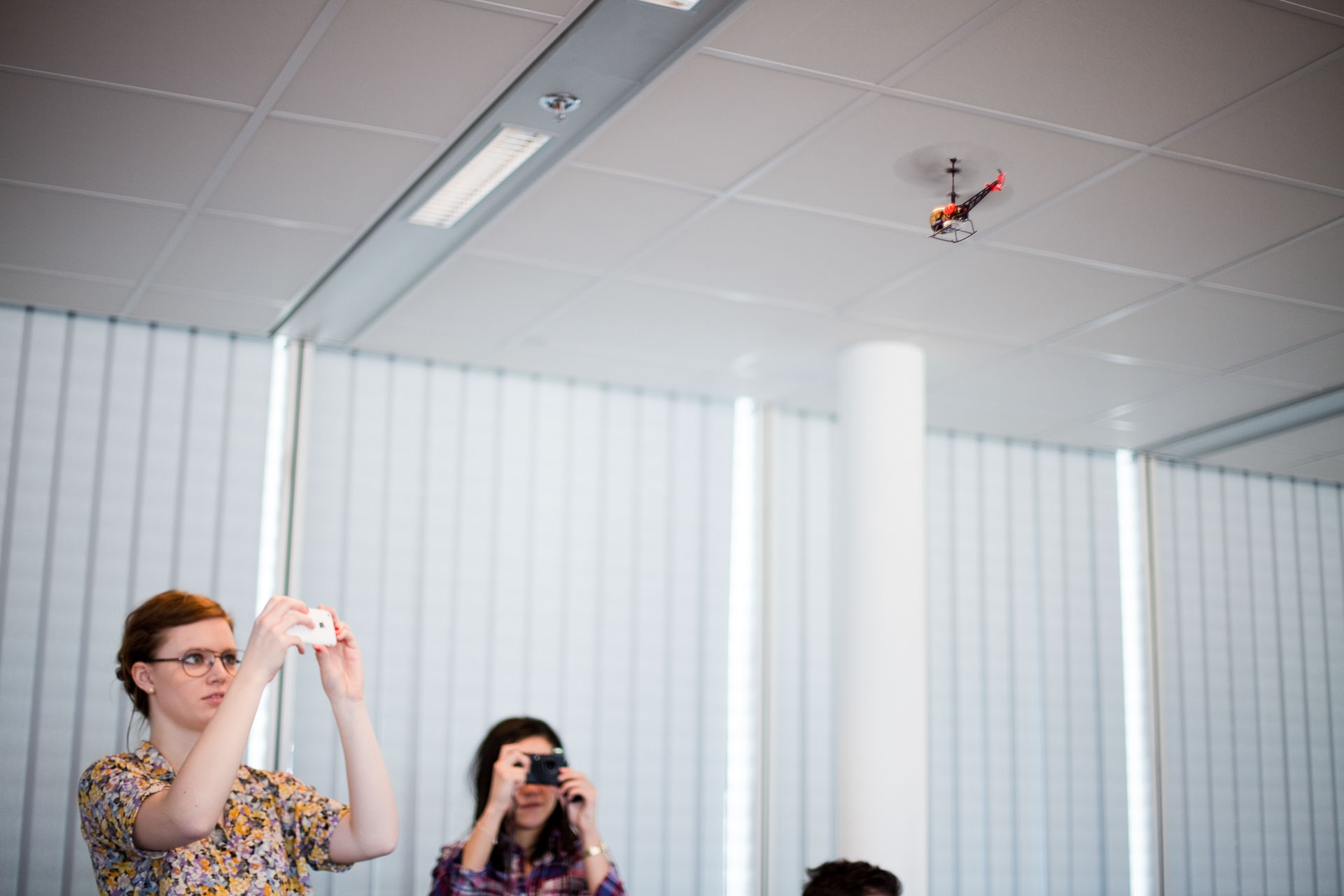
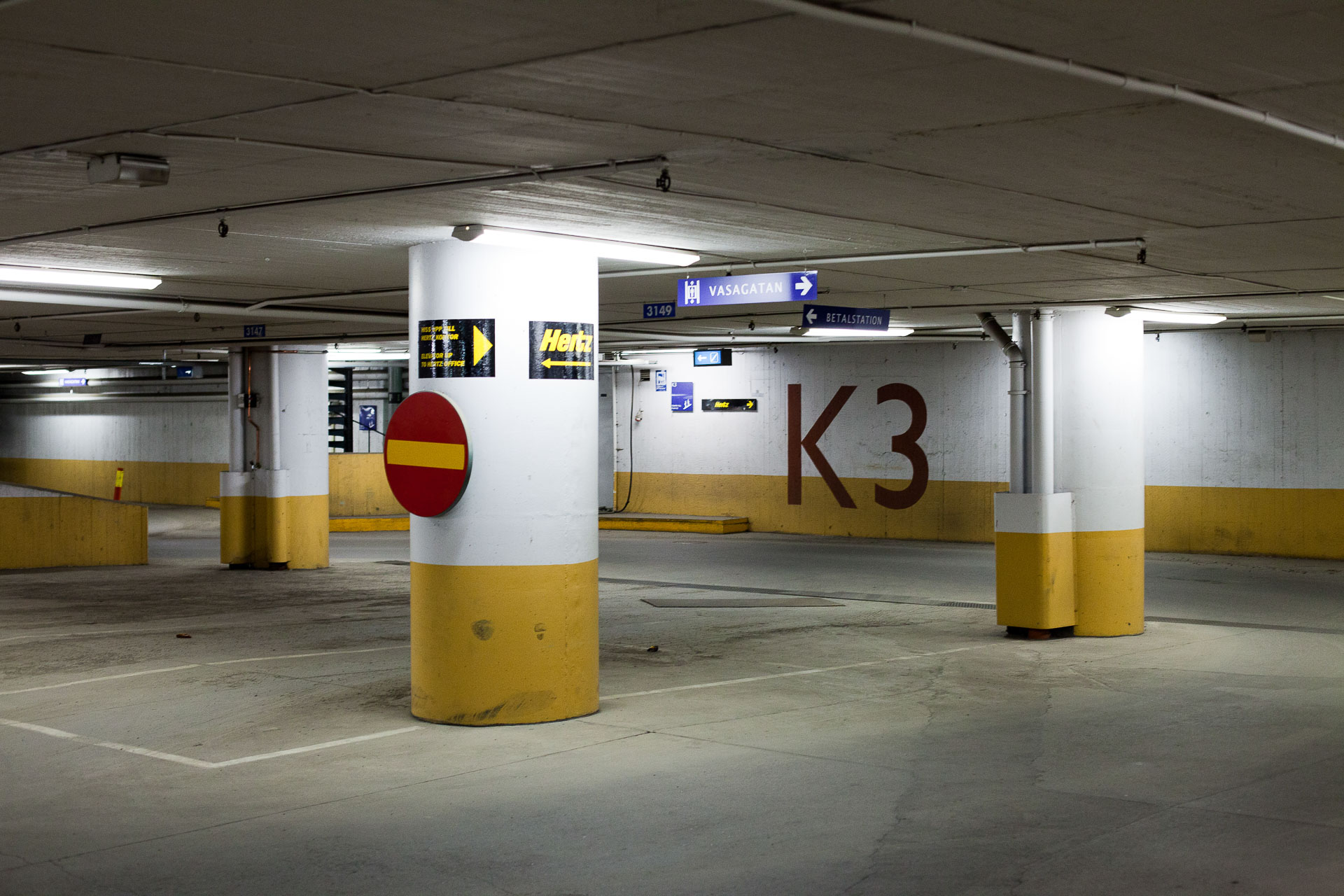
Full frame sensor. It might sound like some arbitrary marketing term, but in truth it makes a world of difference. Image quality is intimately connected to the size of the recording surface, be that photographic film or light sensitive digital circuits. That’s why medium format inherently has better image quality than 35mm cameras and large format is of course even better.
There are advantages to smaller recording surfaces – mainly the possibility of smaller cameras and lenses. A camera small enough to fit in a cell phone is of course possible thanks to making the recording surface tiny, at the expense of image quality. Most digital system cameras have half frame sized (APS-C) sensors or smaller, mainly because of the high cost in producing digital image sensors.
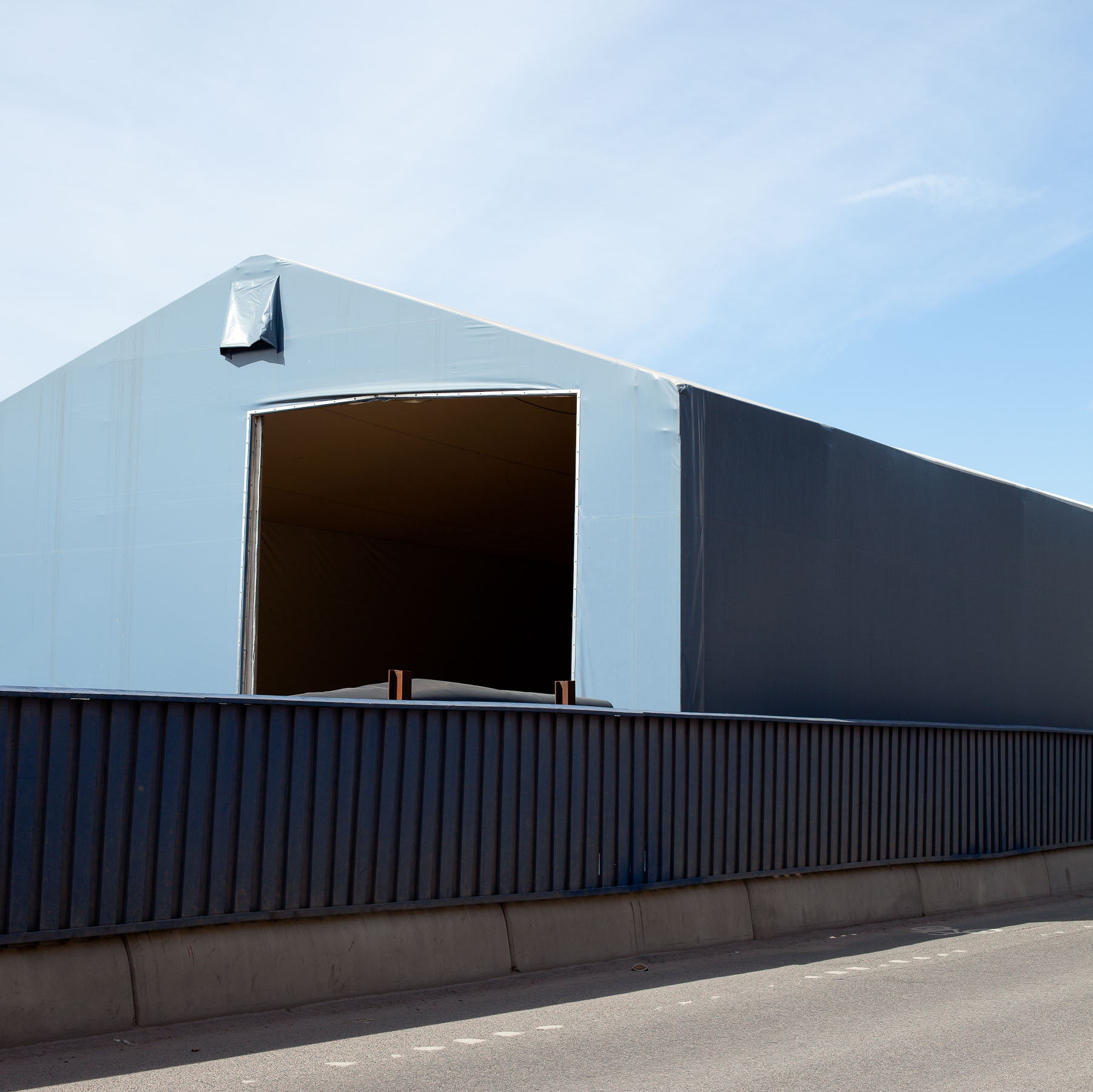
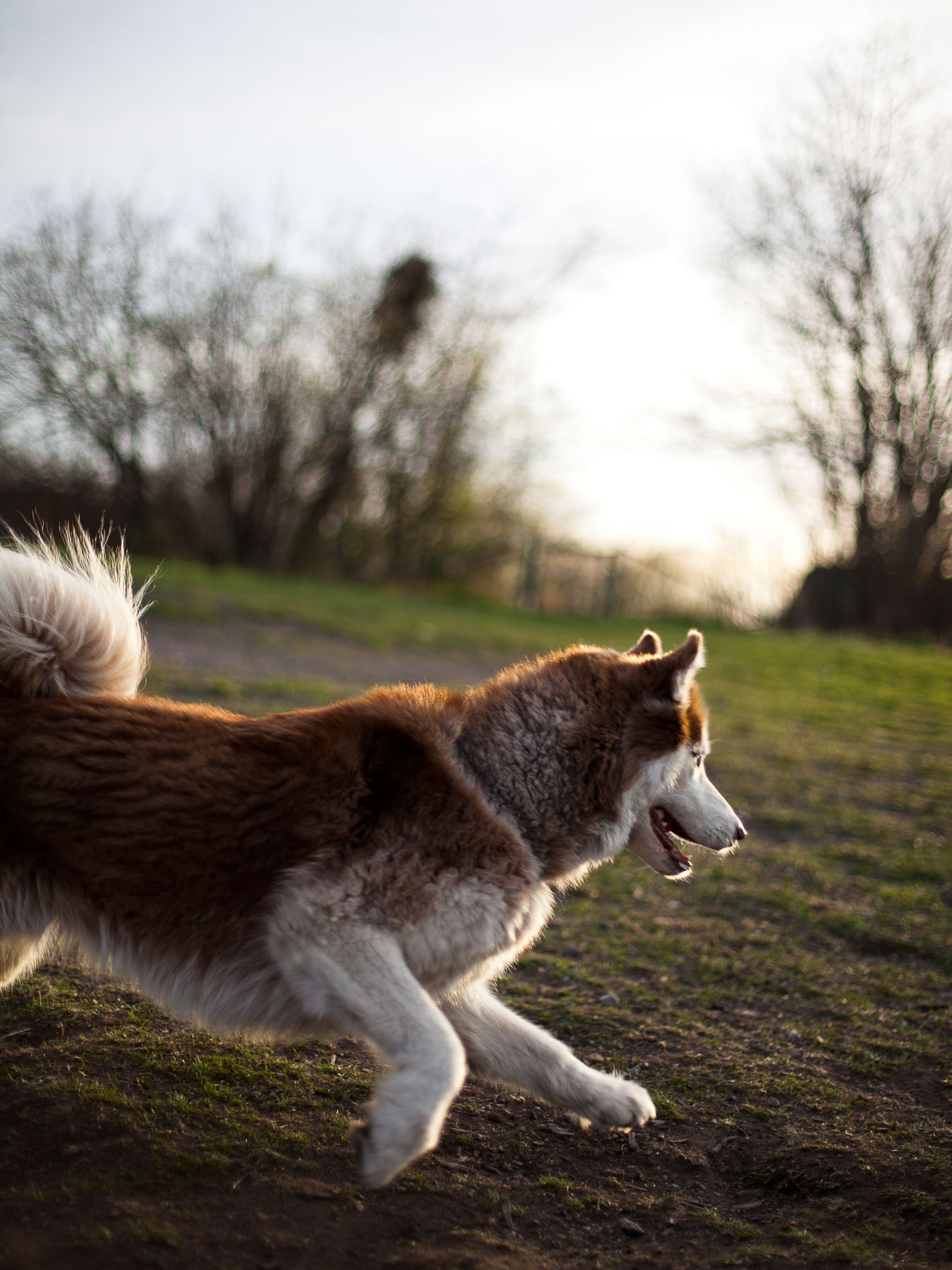
The 5D however, has what’s commonly called a full frame sensor – i.e. the same size as a 35mm film frame. Coming from a half frame sensor equipped Nikon D200 I haven’t seen this big a step up in image quality since moving from a digital compact to my first D-SLR (the D70).
More control over depth of field is the most obvious advantage. Looking closer every technical aspect is improved – local contrast, color gradations, detail, noise. The sensor of the 5D Mk II also compares favorably with those of other full frame sensor cameras. The resolution is amazing, paired with the right lens it even comes close to results I’ve seen from medium format digital backs. The noise is unbelievably low – with a bright lens mounted on the camera it can literally see in the dark.
Spending a month in New York, a huge reason for upgrading in the first place, shooting almost every day I learned to hate the camera.
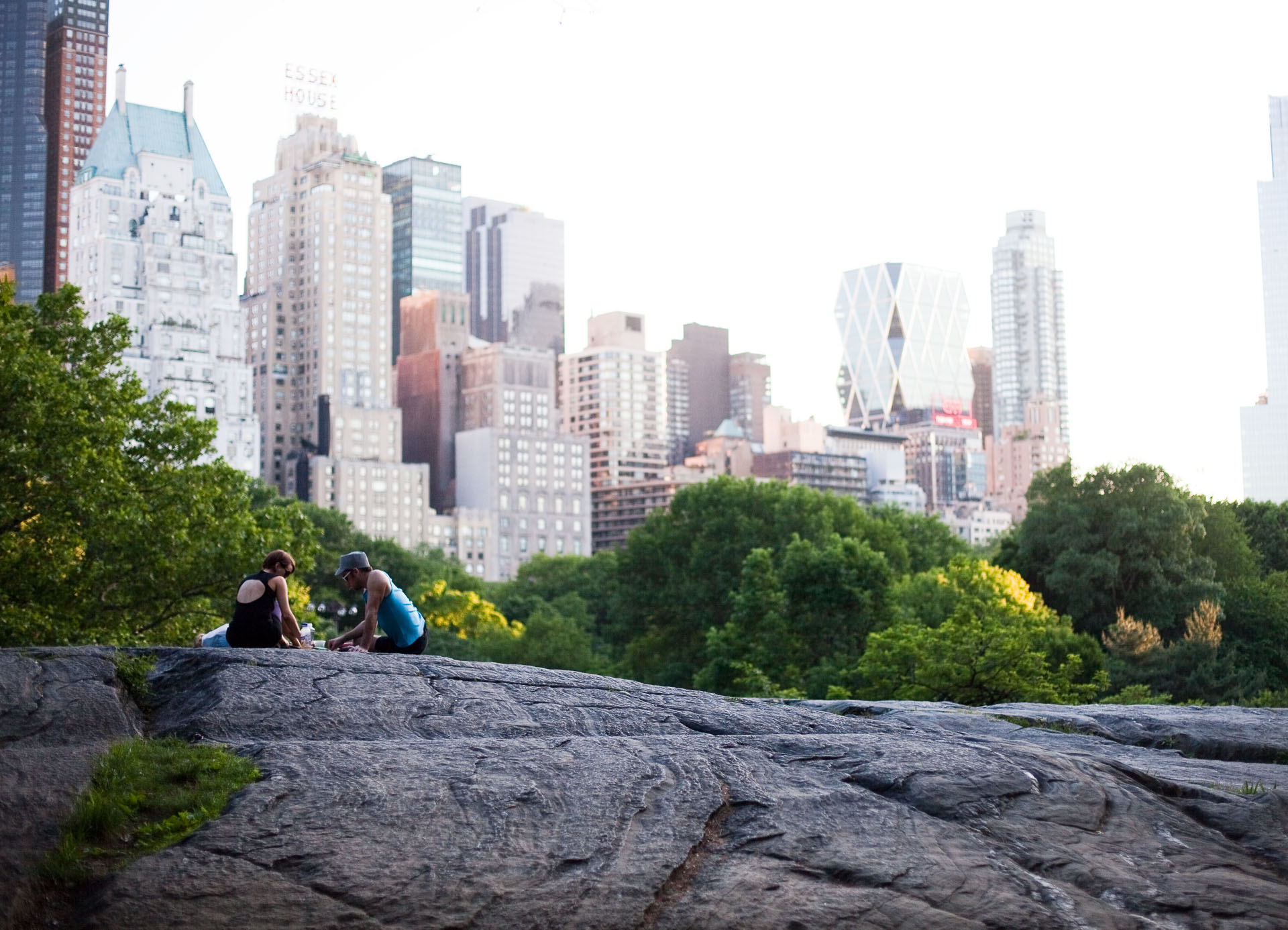
Hating the heaviness of it on my shoulder. Hating the creaking grip making it feel like the camera was put together using krazy glue. Hating the on/off-switch – practically impossible to reach when holding the camera in shooting position, the resistance too hard and the middle step not very well defined. Hating the auto focus module, a joke for a camera this expensive – the focus points grouped too close to the center of the frame and only the center point actually being consistently reliable. Hating that the AF-ON and the AE Lock buttons are so close and similar that I frequently press the wrong one.
But then there are the results. Completely lovely results. Technically head and shoulders above everything I’ve produced ever before – sharp, smooth, clean, vibrant looking files. When I concentrate / get lucky and nail some decent content the photos are some of my best work to date.
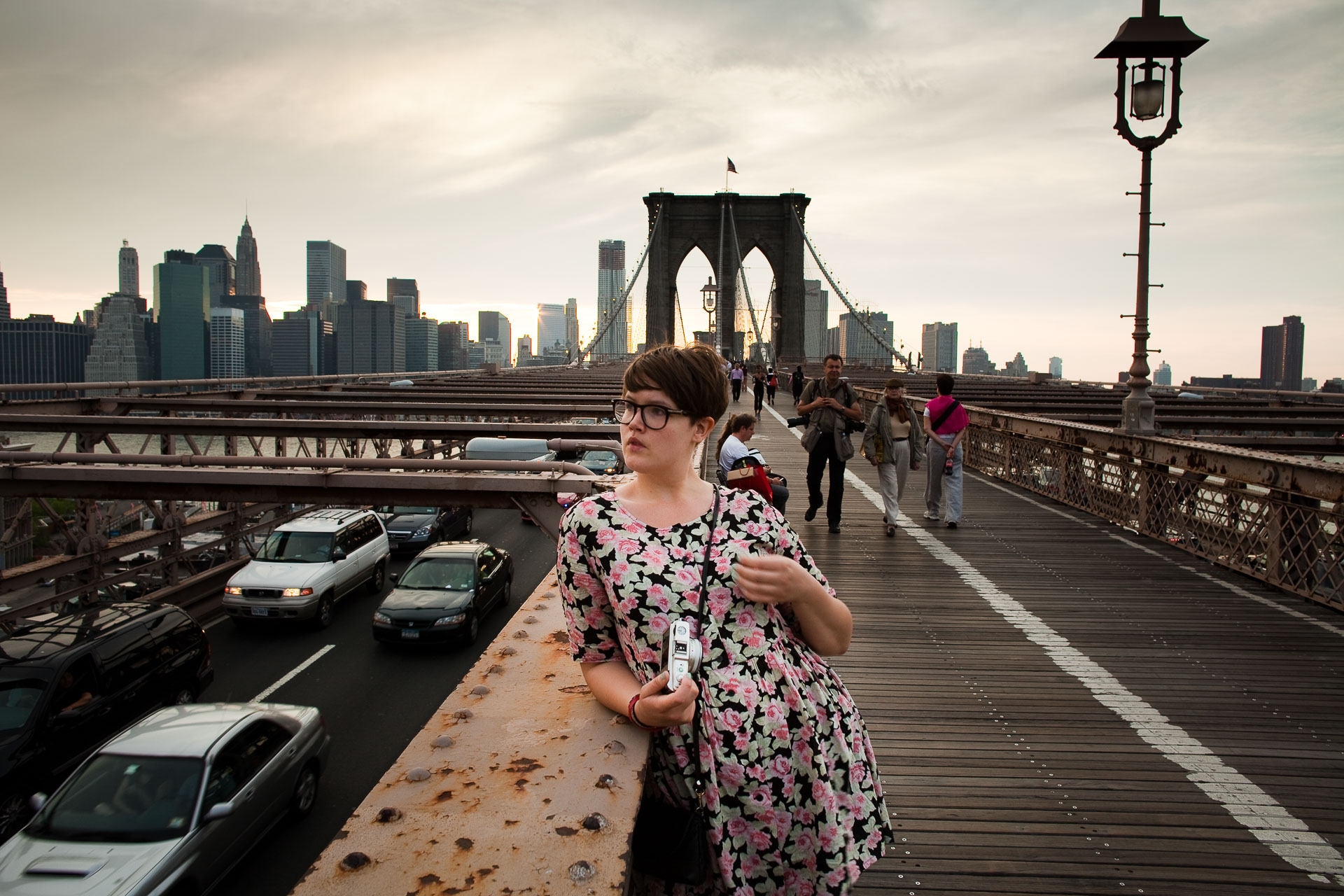

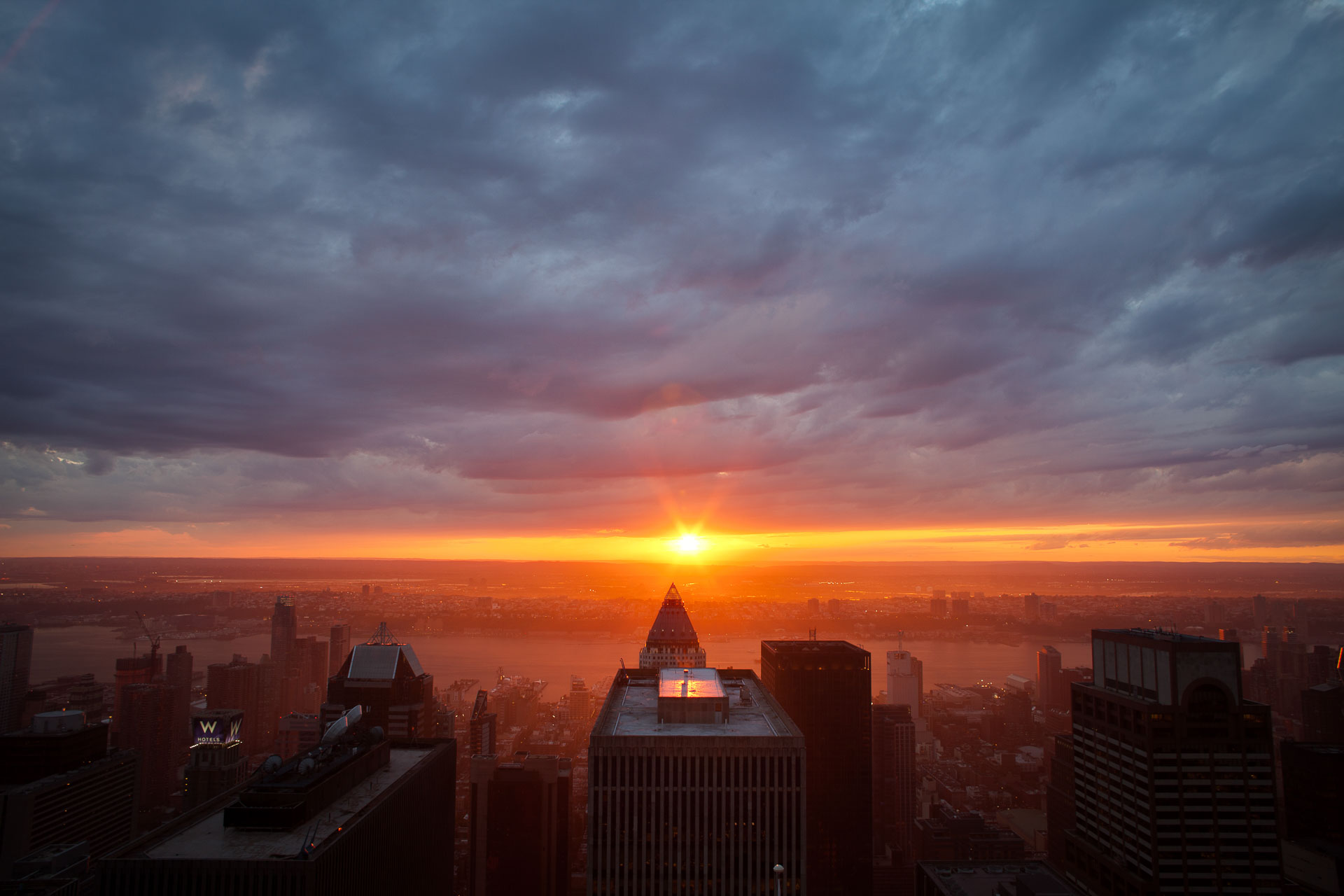
I end up buying the camera gifts to express my admiration – expensive lenses, making sure it would reward me by keep singing lullabies through the pixels of the RAW files. The results now only limited by imagination and skill, always a challenge.
Coming from the Nikon D200 I wanted better image quality in a smaller body and me deciding on the 5D Mk II really says something about the state of the camera market as of today. The digital technology has been a blessing and a curse for camera size – it’s made it possible for cameras to become much, much smaller than had ever been possible with film, but that small size come with compromises in image quality.

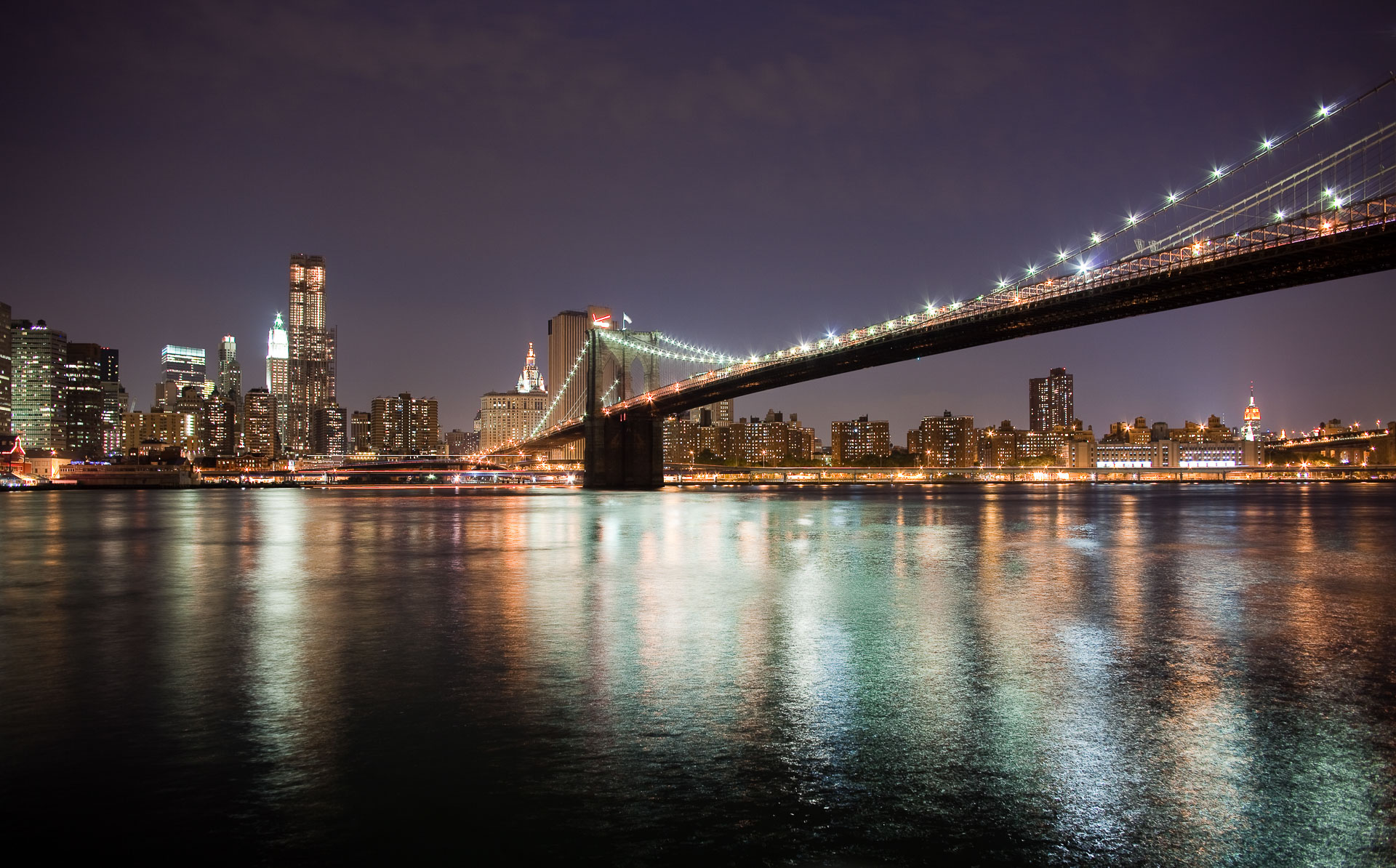
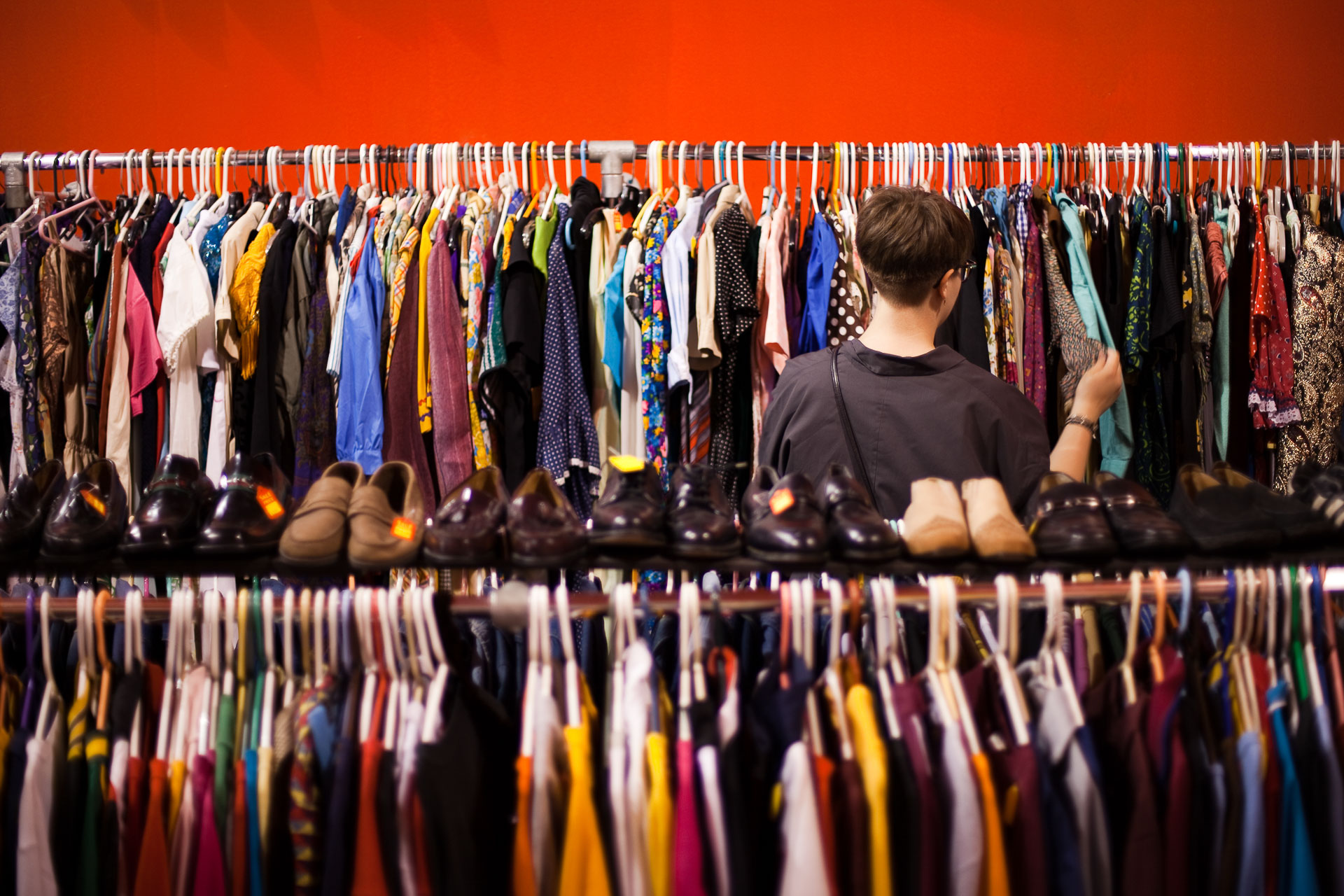
If you’re unwilling to compromise with image quality but still want a small camera, your choices narrow very quickly, much more so than with film cameras. Where the film era had countless tiny SLR:s and even tinier rangefinders the digital era has nothing with a full frame sensor smaller than the 5D Mk II, except the unreasonably priced Leica M9 of course. I considered the outdated Leica M8, starting to become affordable, but eventually decided that sinking that much money into a camera with so many known issues wasn’t going to help me sleep well at night.
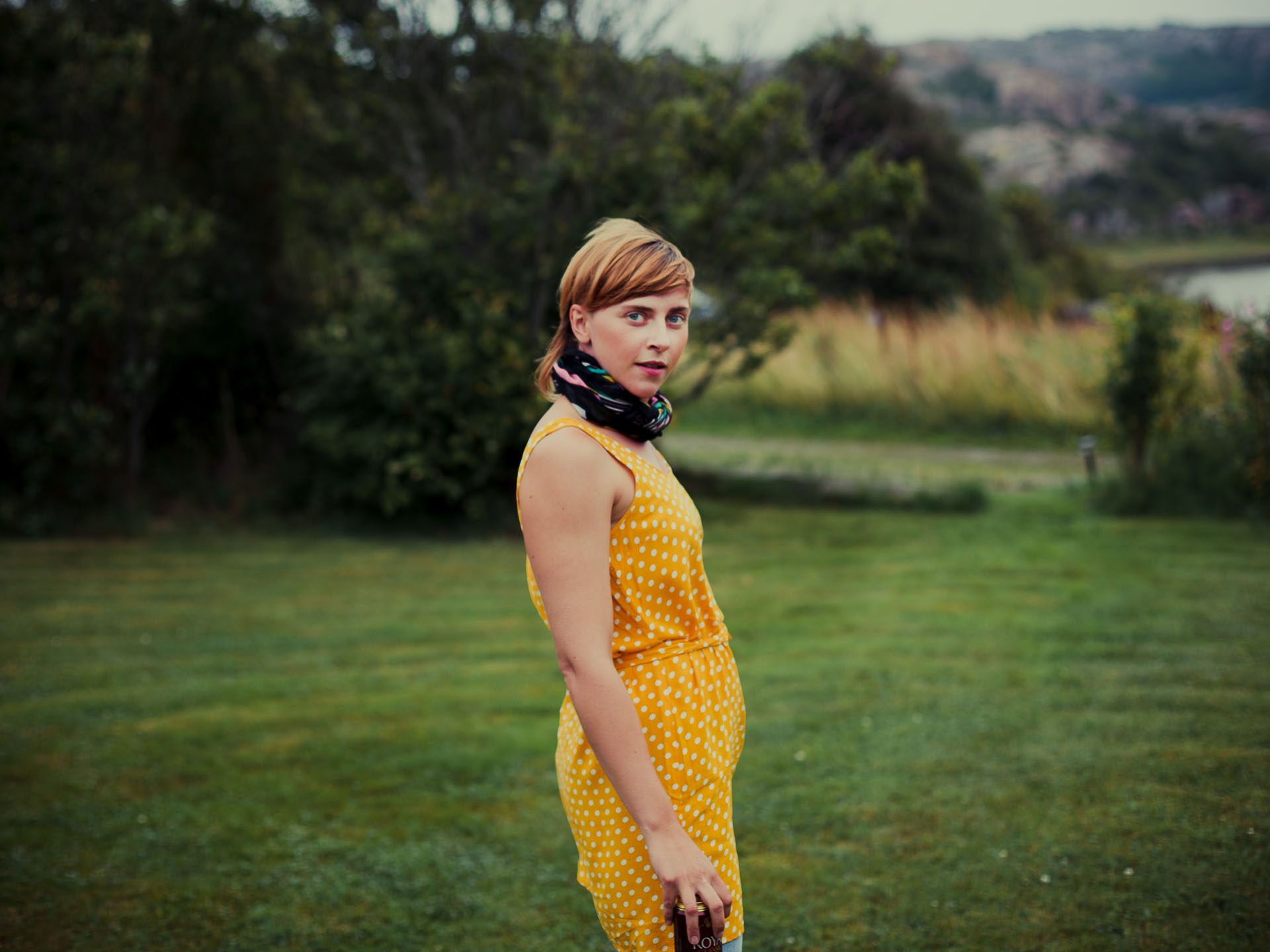
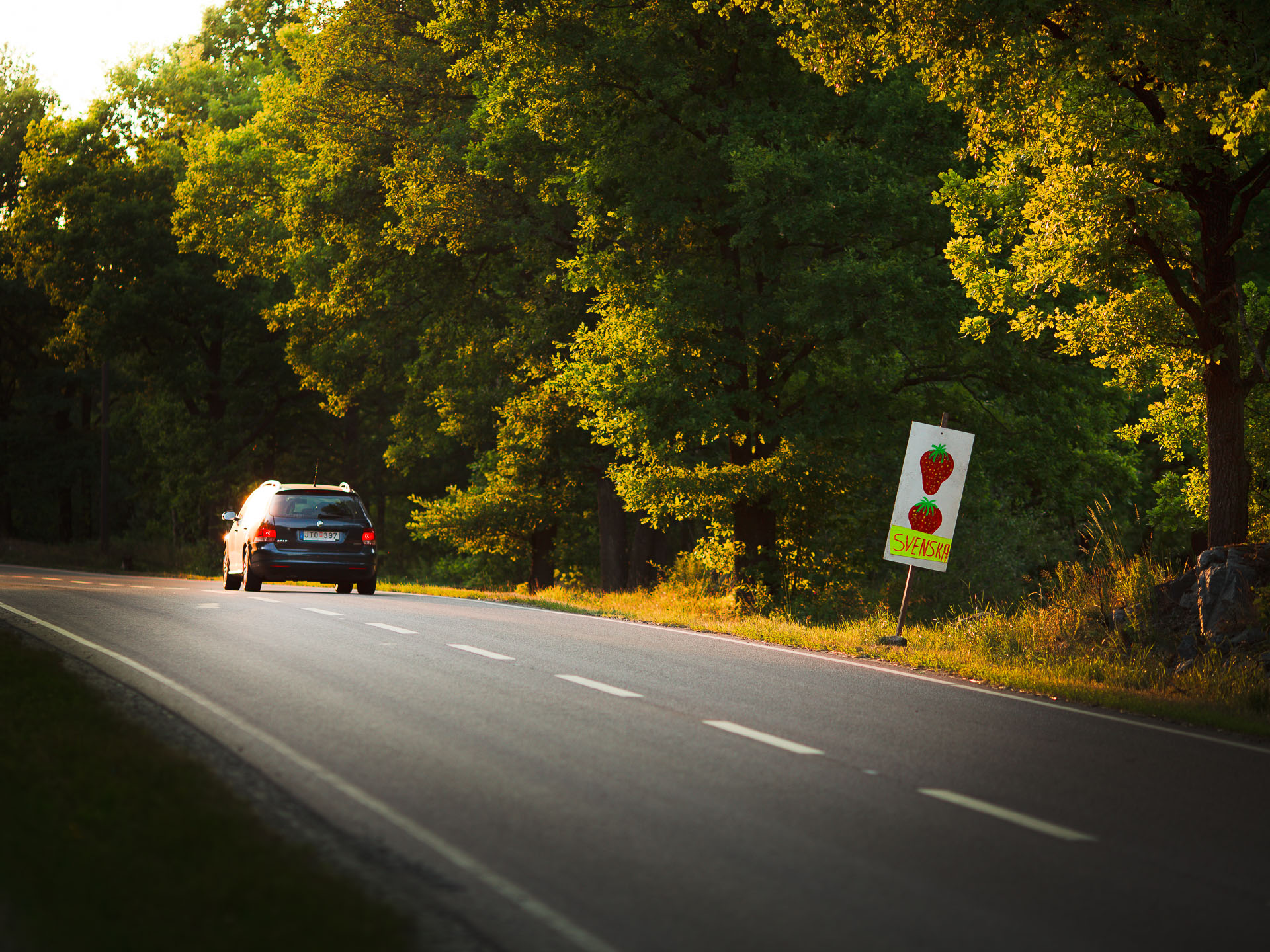
At the end of the day, I’m glad to have the 5D Mk II around. It’s a fantastic camera, but not without fault – there are flaws and oddities that are surprising on a D-SLR everyone seem to agree is one of the best that money can buy. Thankfully image quality is not one of those flaws and completely stunning. Every time coming back from shooting and importing the photos into Lightroom are joyous occasions. That said, if something smaller with a similar image quality is introduced at a reasonable price, I’m there day one.
Exif-data is intact. Open images in a new window for a closer look.